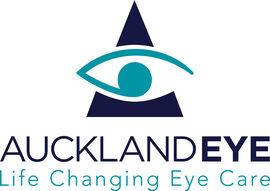Central Auckland, East Auckland, South Auckland, West Auckland, North Auckland > Private Hospitals & Specialists >
Auckland Eye Ltd
Private Service, Ophthalmology
Diabetic Retinopathy
This is a complication of diabetes and is caused by small blood vessel damage within the retina of the eye. It commonly affects both eyes and may cause permanent loss of vision.
Macular oedema is sometimes also present with diabetic retinopathy. Macular oedema is when fluid leaks into the retina and causes swelling and blurred vision. This may occur at any stage of diabetic retinopathy, but is more common as the disease progresses.
There are often no symptoms in the early stages but as the condition progresses vision may begin to become impaired.
Often visual loss may be sudden and without warning. This is why it is imperative that at-risk diabetics have frequent eye checks.
Poorly controlled diabetes and pregnancy in diabetes are risk factors for developing this condition.
When you are referrred for an initial assessment please bring to your appointment:
- The appointment slip and a referral letter if you have one
- Any glasses you are currently using
- Arrange for someone to drive you. You will have drops put in your eyes to dilate the pupils which allows the doctor to look at the back of the eye in greater detail. Drops can take a while to work, so please allow an hour for your appointment.
Often, first-stage diabetic retinopathy requires no active treatment on the eye but requires stabilisation of diabetes and regular eye examinations.
With progressive retinopathy, a laser treatment called the PRP laser can be used. This works by shrinking enlarged blood vessels to prevent further bleeding into the retina. Severe bleeding may require a surgical procedure called a vitrectomy, where blood is surgically removed from the eye.
Treatment of macular oedema, if present, is by focal laser treatment. Vision is stabilised by reducing the degree of fluid leakage into the retina. Often more than one treatment is required.

